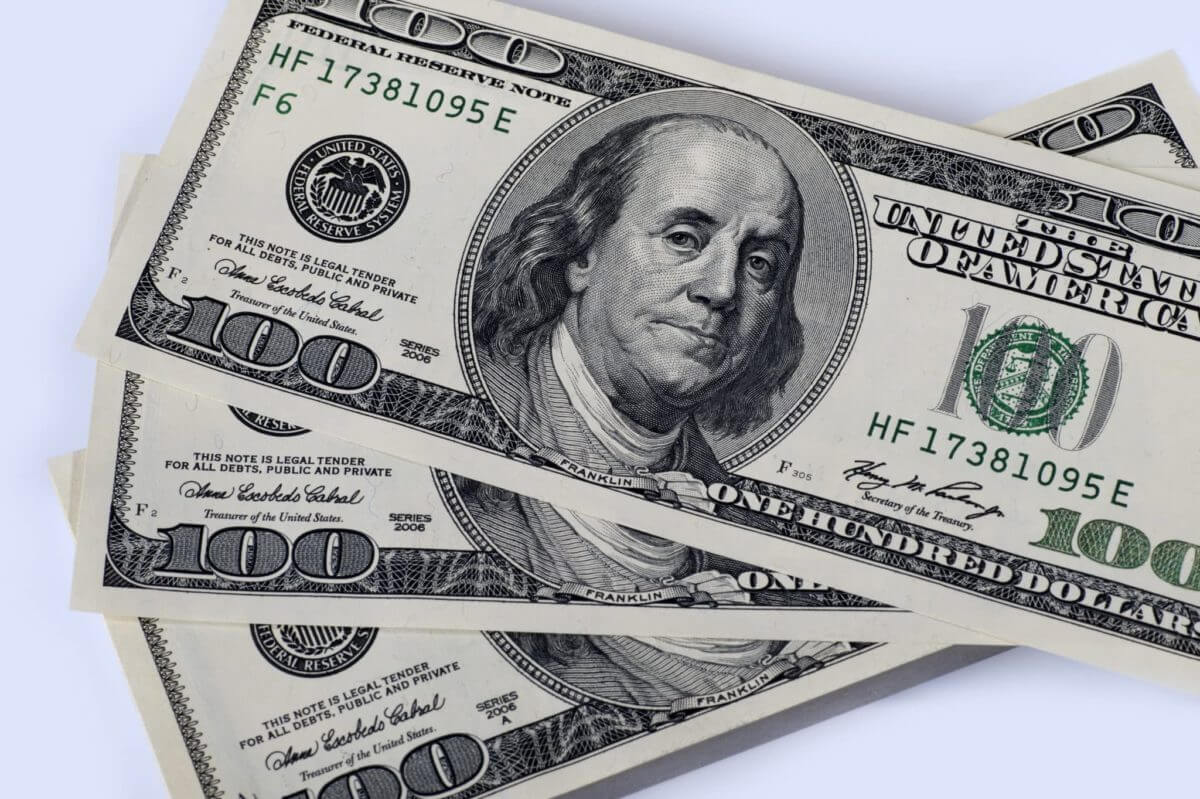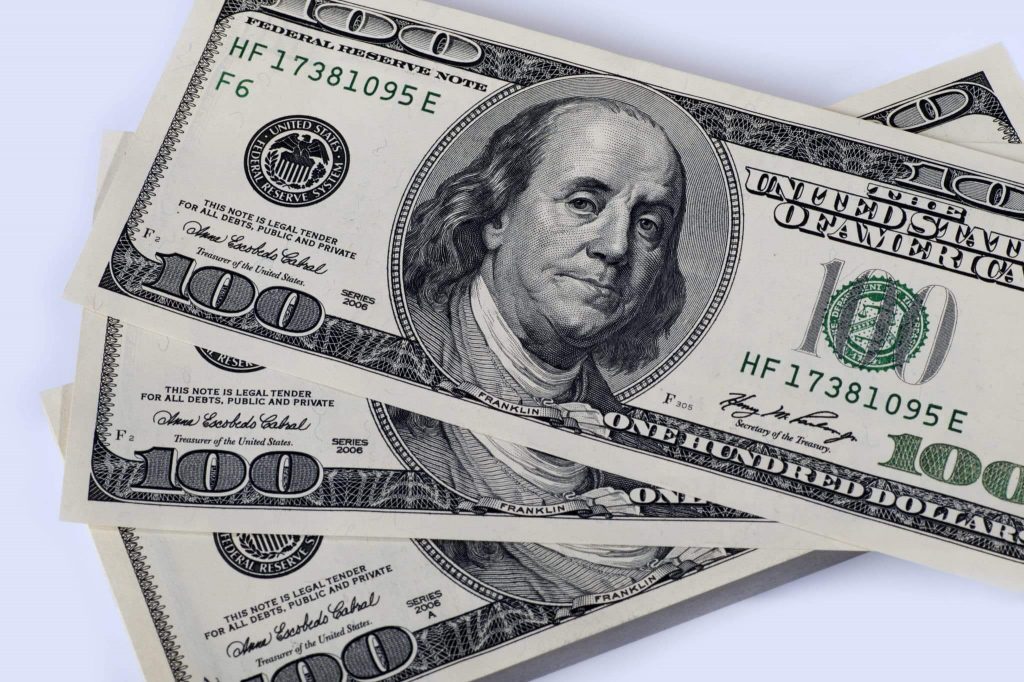
Canadian dollar falls
The Canadian dollar fell against the US dollar on Thursday, as data showing that US inflation soared to a 40-year high in January raised expectations for the Federal Reserve to raise interest rates aggressively.
US bond yields rose, and the greenback strengthened against a basket of major currencies as the US consumer price index rose at a 7.5 percent annual rate, fueling speculation of a 50 basis point interest rate cut.
After trading in a range of 1.2666 to 1.2717, the Canadian dollar was down 0.3 percent at 1.2707 to the greenback.
The currency fell as a vital U.S.-Canada trade route was closed due to protests against Canada’s pandemic measures, putting pressure on automakers’ operations. Oil, one of Canada’s major exports, was under pressure due to the possibility that US-Iran nuclear talks would increase global crude supplies. Crude oil prices in the United States fell 0.5 percent to $89.26 per barrel. Canadian government bond yields rose across the curve, mirroring US Treasury yields. The 10-year yield increased by 4.7 basis points to 1.894 percent, bringing it closer to the 1.905 percent peak reached in January, which was its highest level in nearly three years.
Dollar climbs
The US dollar rose sharply on Friday, as rising consumer prices raised expectations that the Federal Reserve will aggressively raise interest rates this year, beginning next month.
The Dollar Index, which measures the value of the US currency against a basket of six other currencies, was 0.4 percent higher at 95.915.
According to data released Thursday, consumer prices in the United States rose 7.5 percent year on year in January, the highest annual increase in 40 years and the fourth consecutive month above 6 percent.
Following the release, St. Louis Federal Reserve President James Bullard stated that he has become “dramatically” more hawkish, calling for a whole percentage point of interest rate hikes over the next three US central bank policy meetings.
After reaching a five-week high of 116.34 overnight, the USD/JPY rose 0.1 percent to 116.06, while the risk-sensitive AUD/USD fell 0.6 percent to 0.7126.
EUR/USD fell 0.4 percent to 1.1385, with the euro already weakened by European Central Bank President Christine Lagarde’s retreat from the central bank’s hawkish stance expressed at its policy meeting last week.
GBP/USD fell 0.1 percent to 1.3537, with sterling receiving some support from economic data showing the United Kingdom’s economy expanded at the fastest rate since World War II last year after taking a milder hit than expected in December.
The economy grew by 7.5 percent last year, the most since 1941, despite a 0.2 percent drop in December as the Omicron variant hit the restaurant and hospitality sectors.


